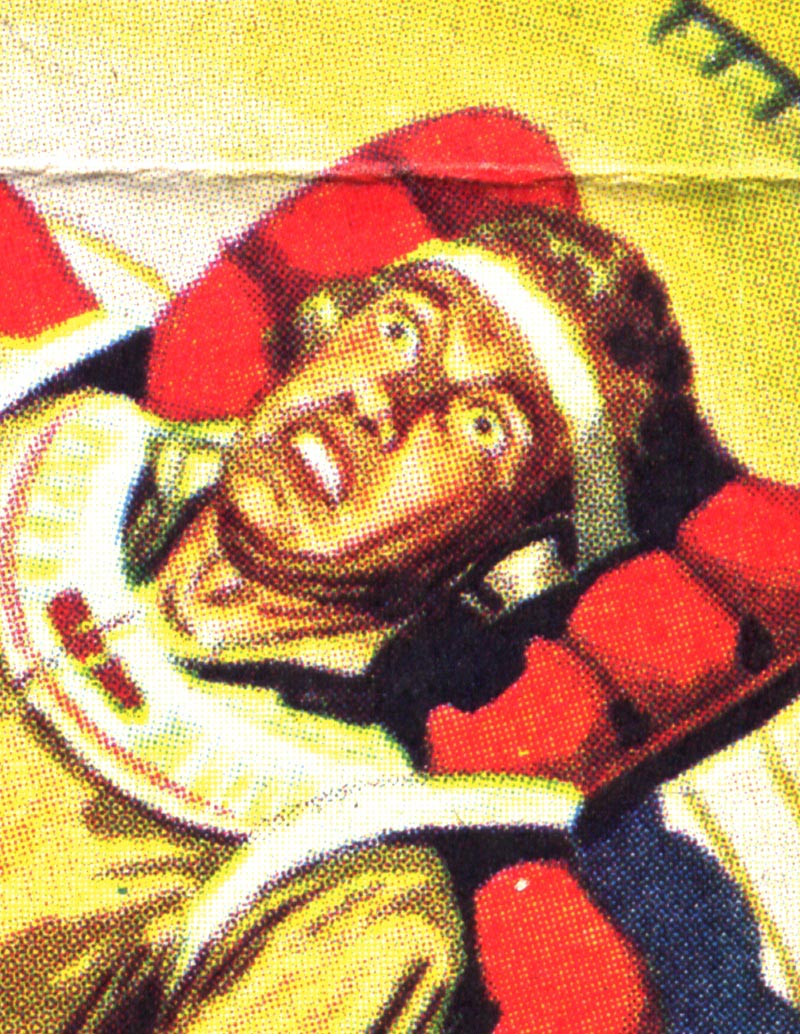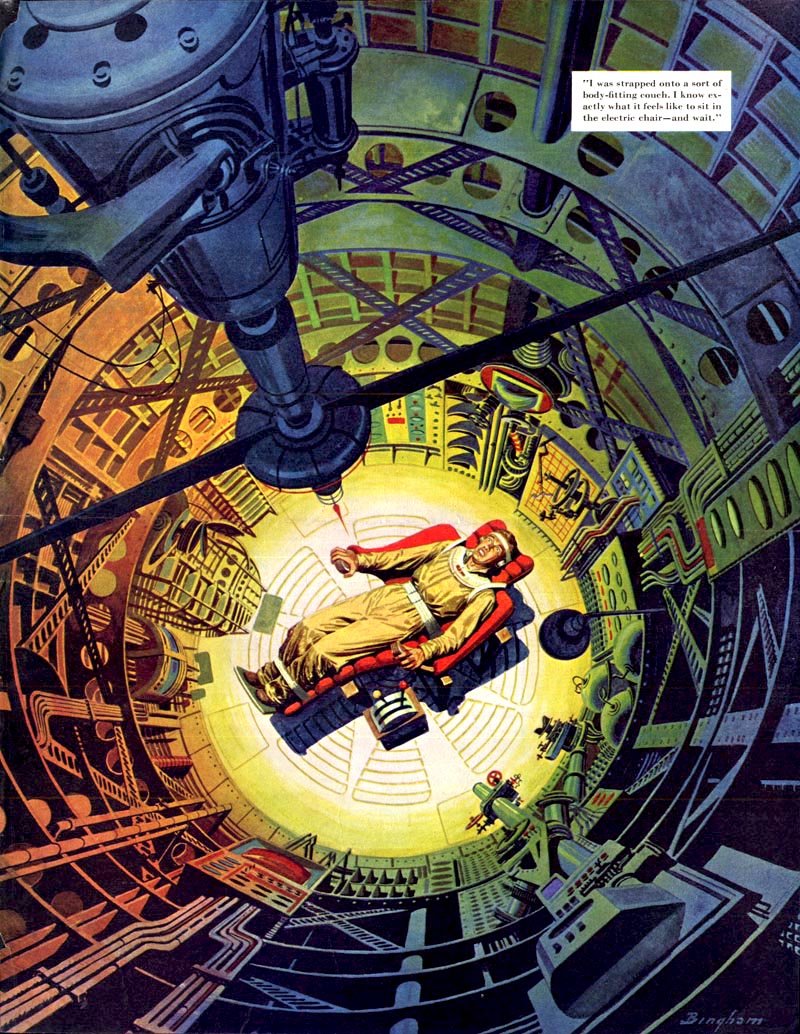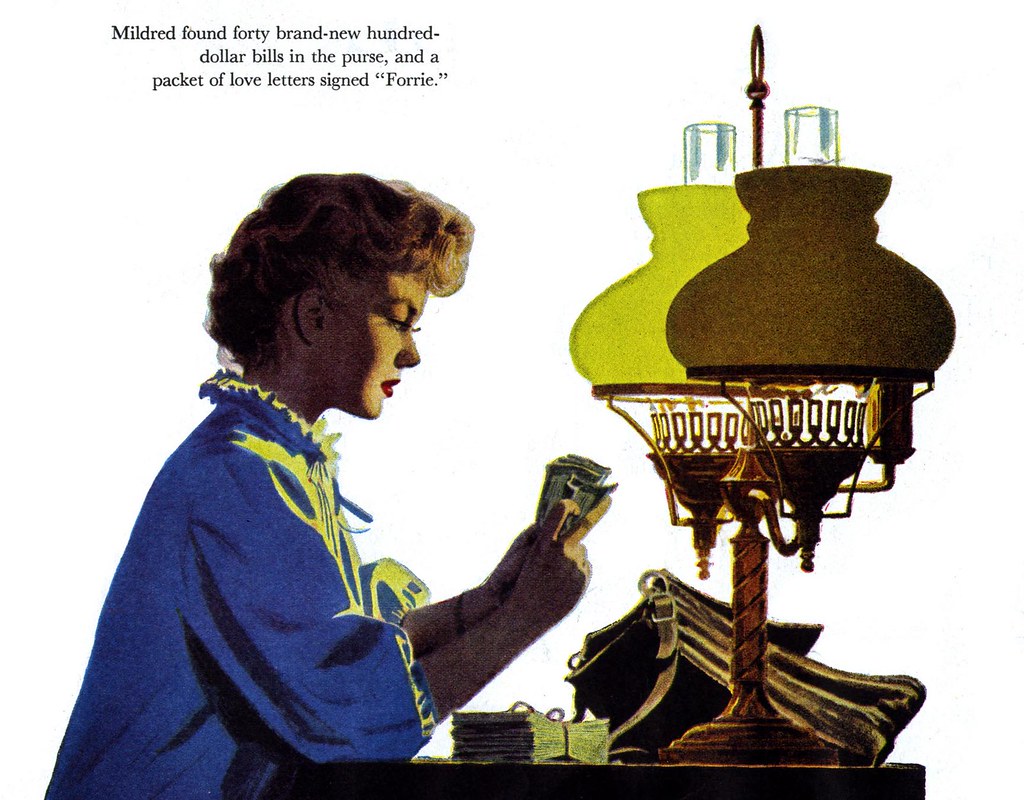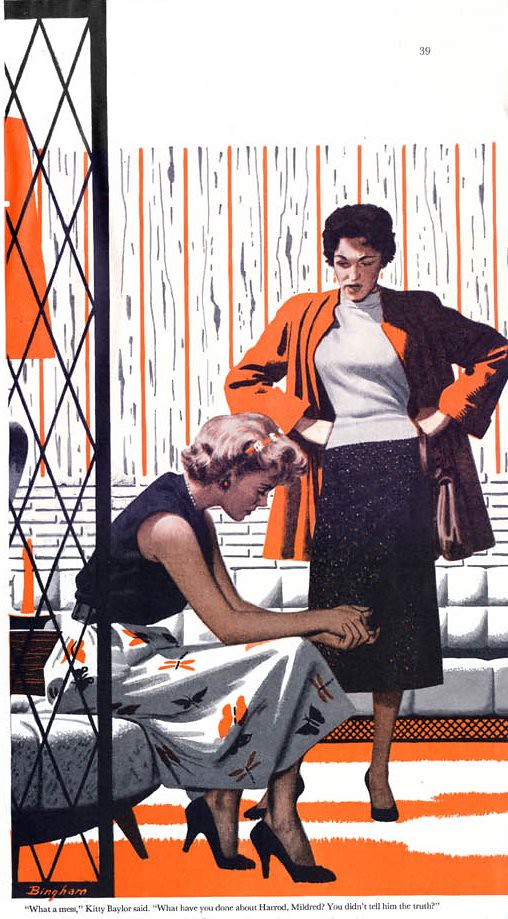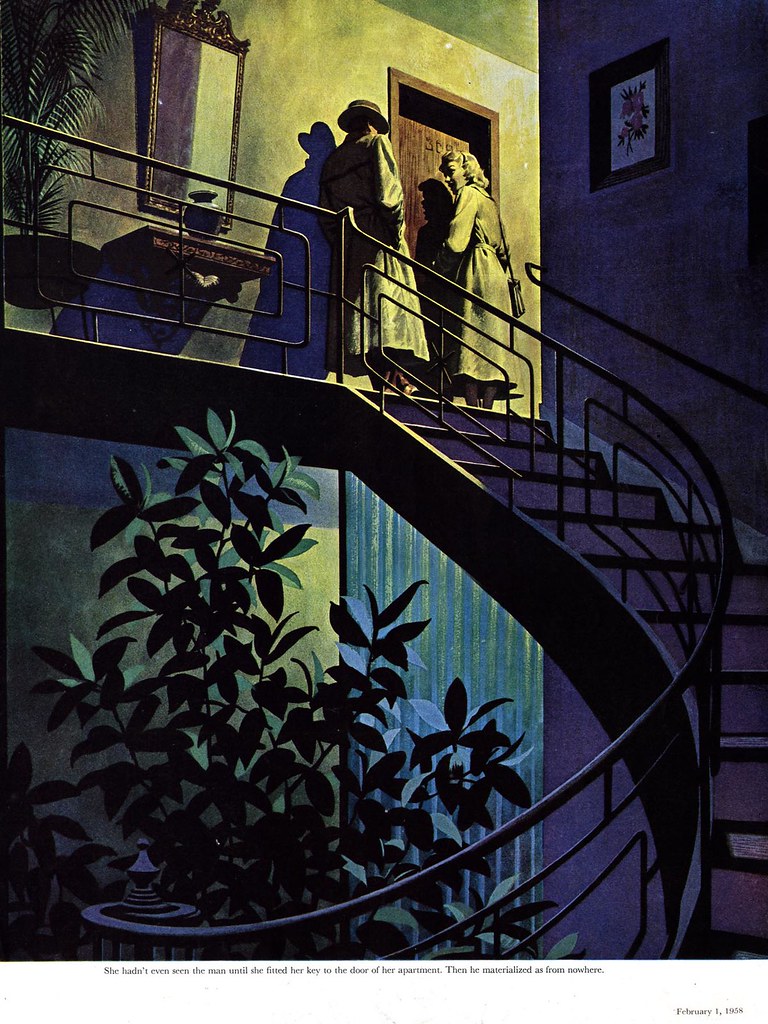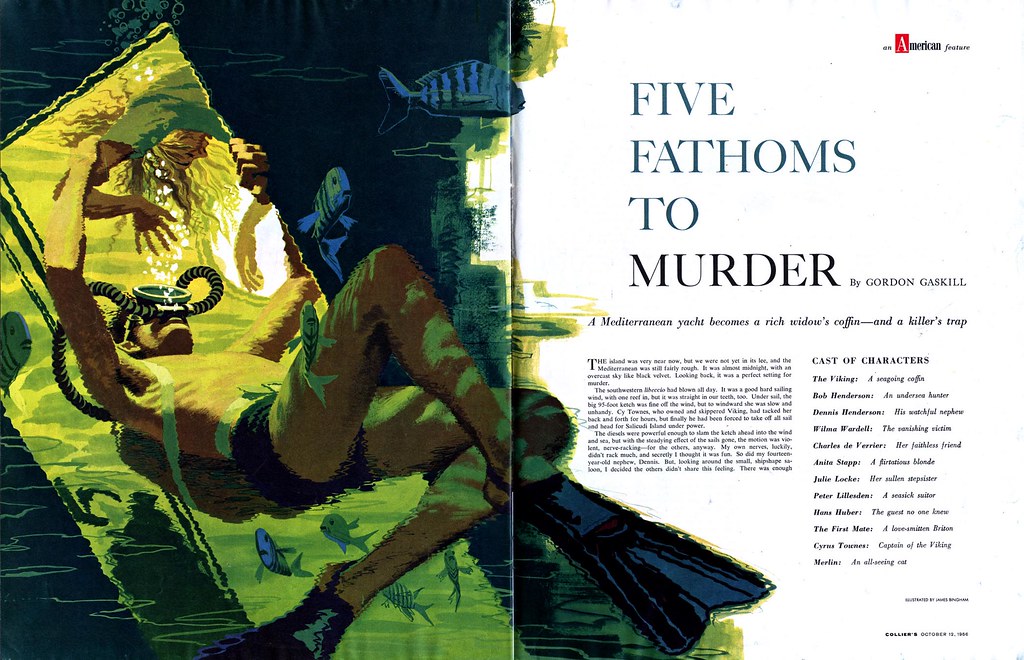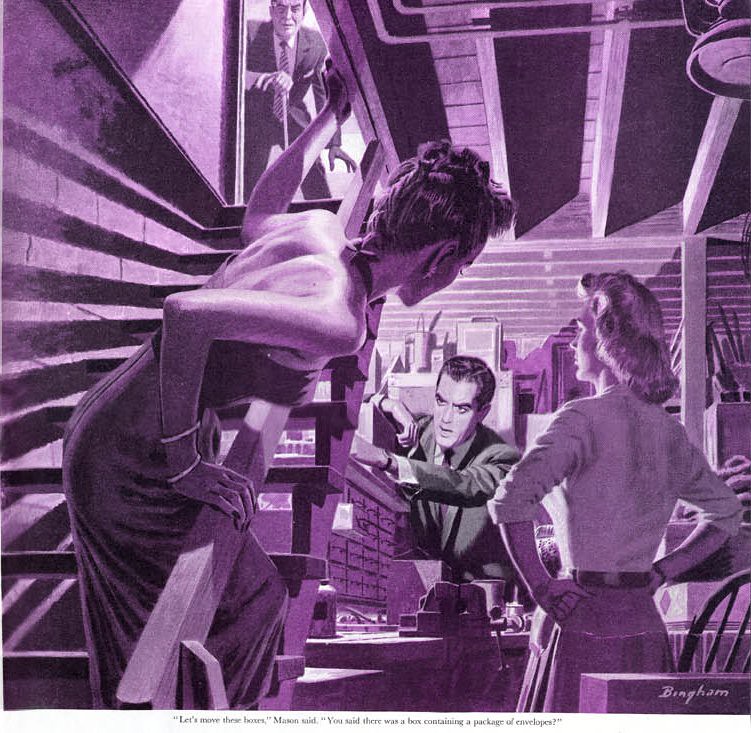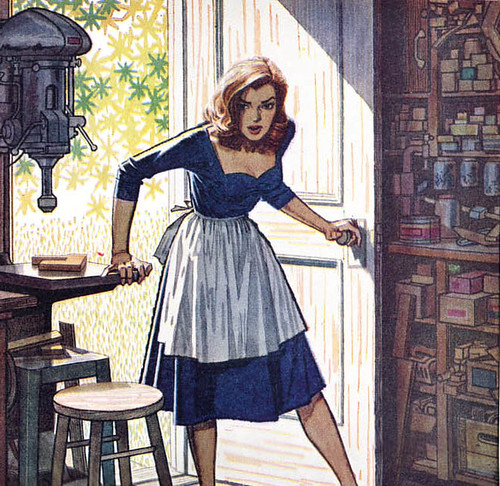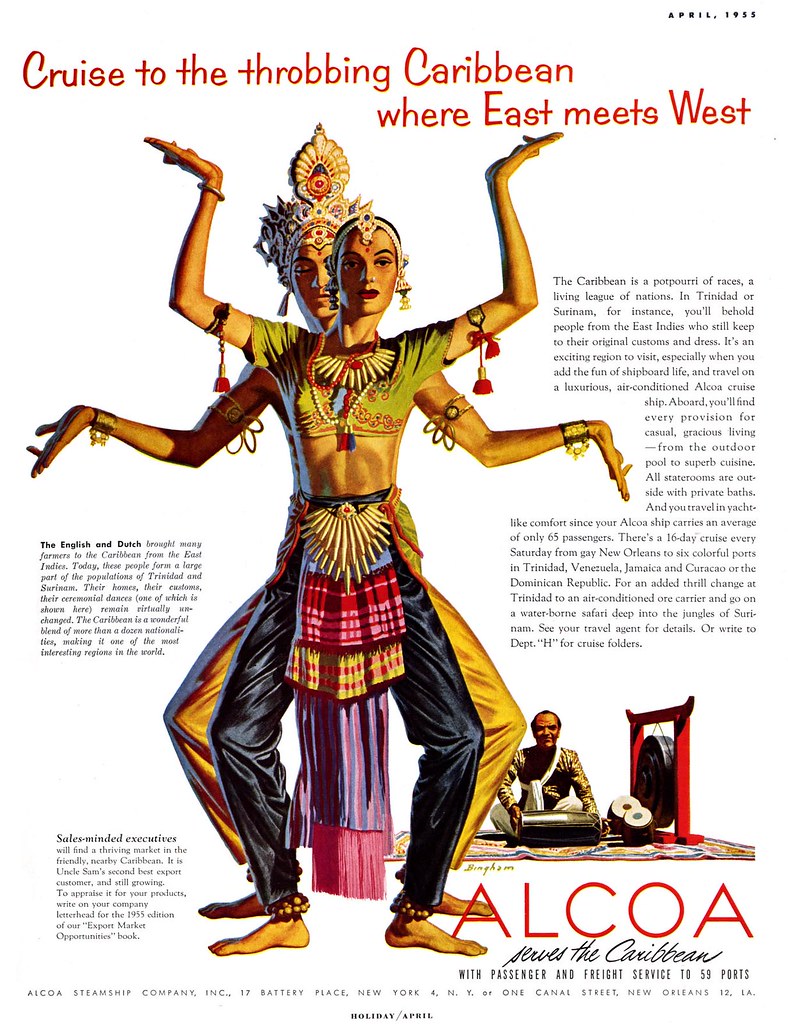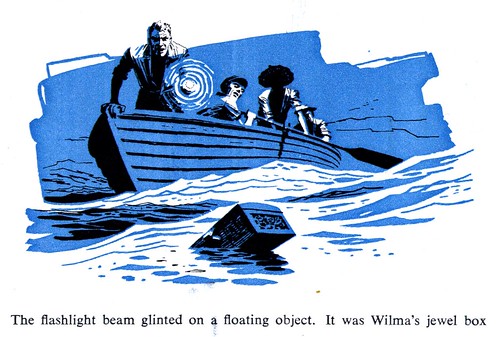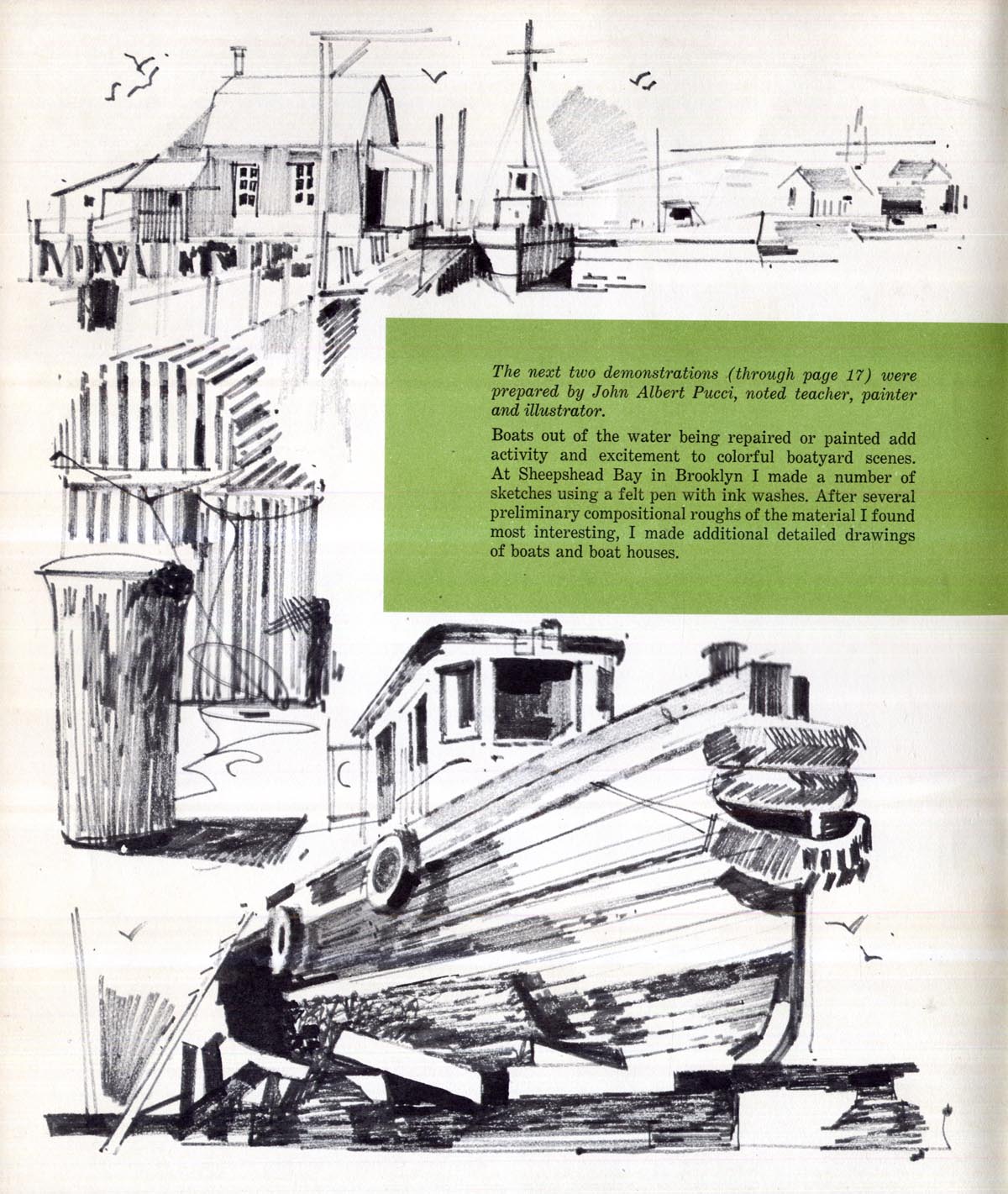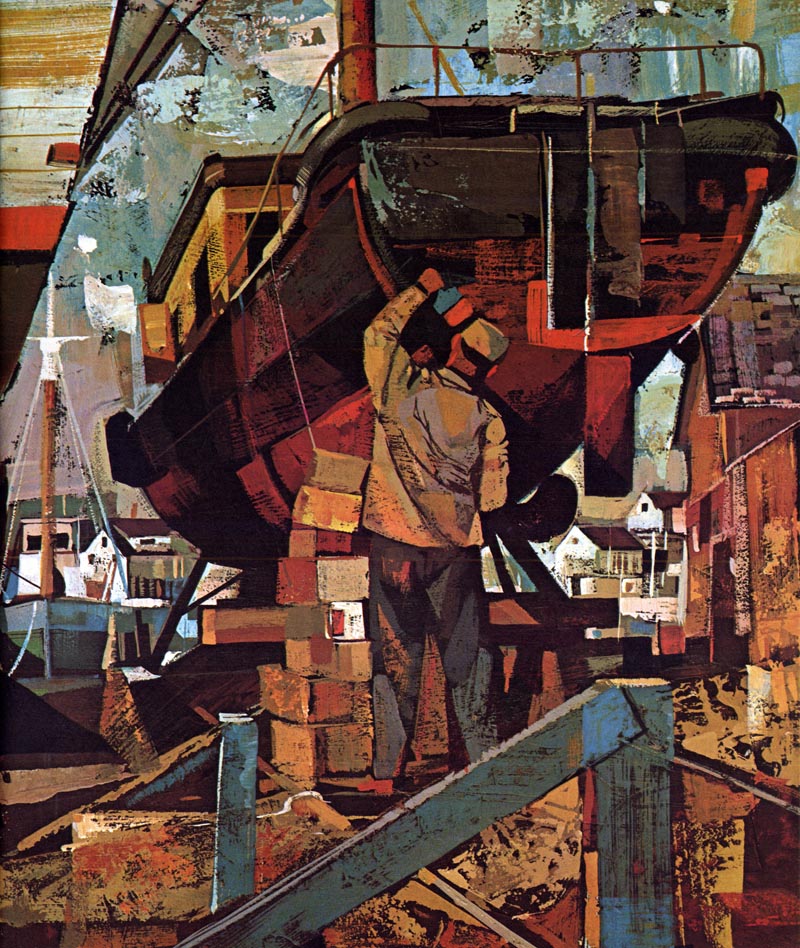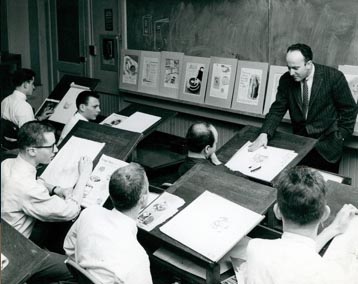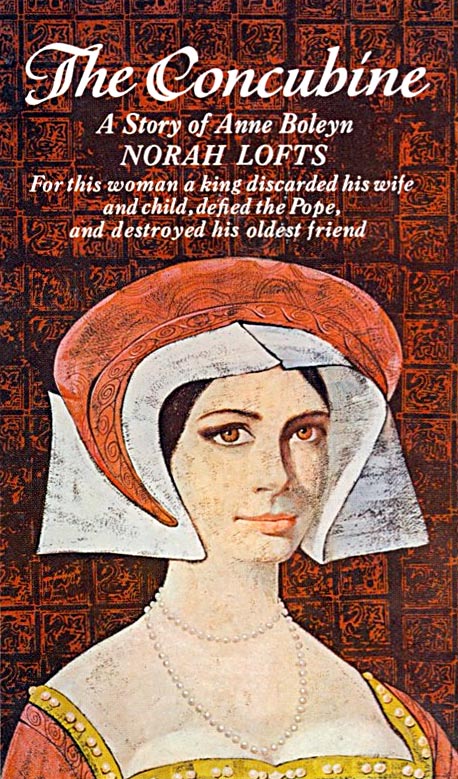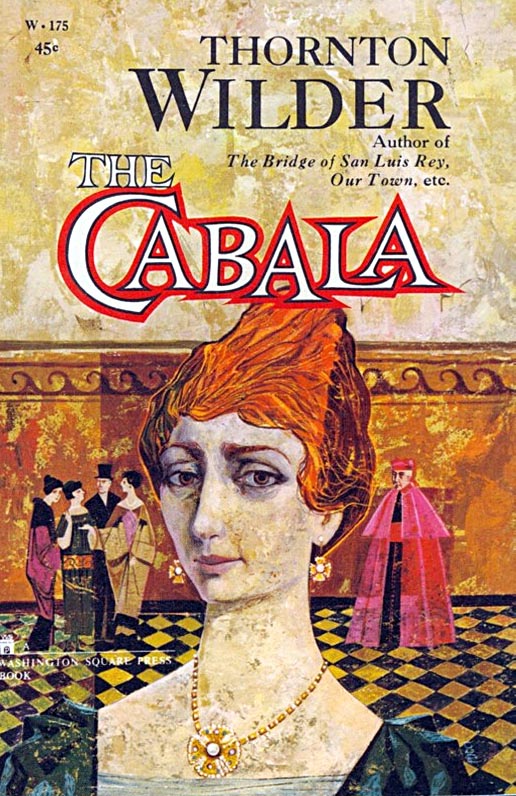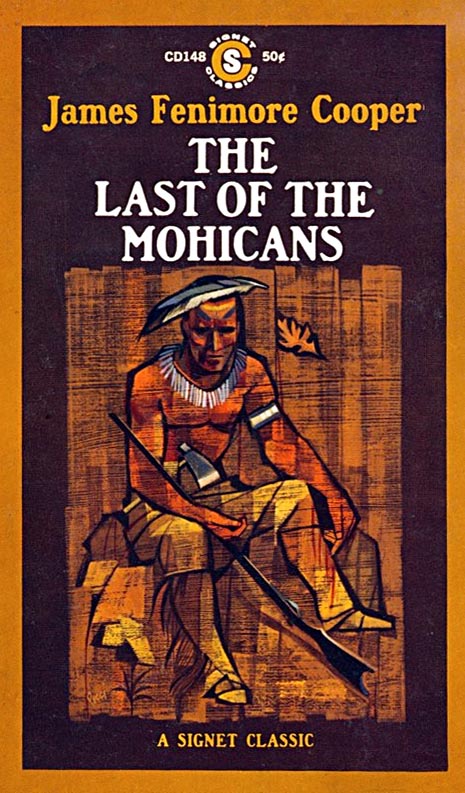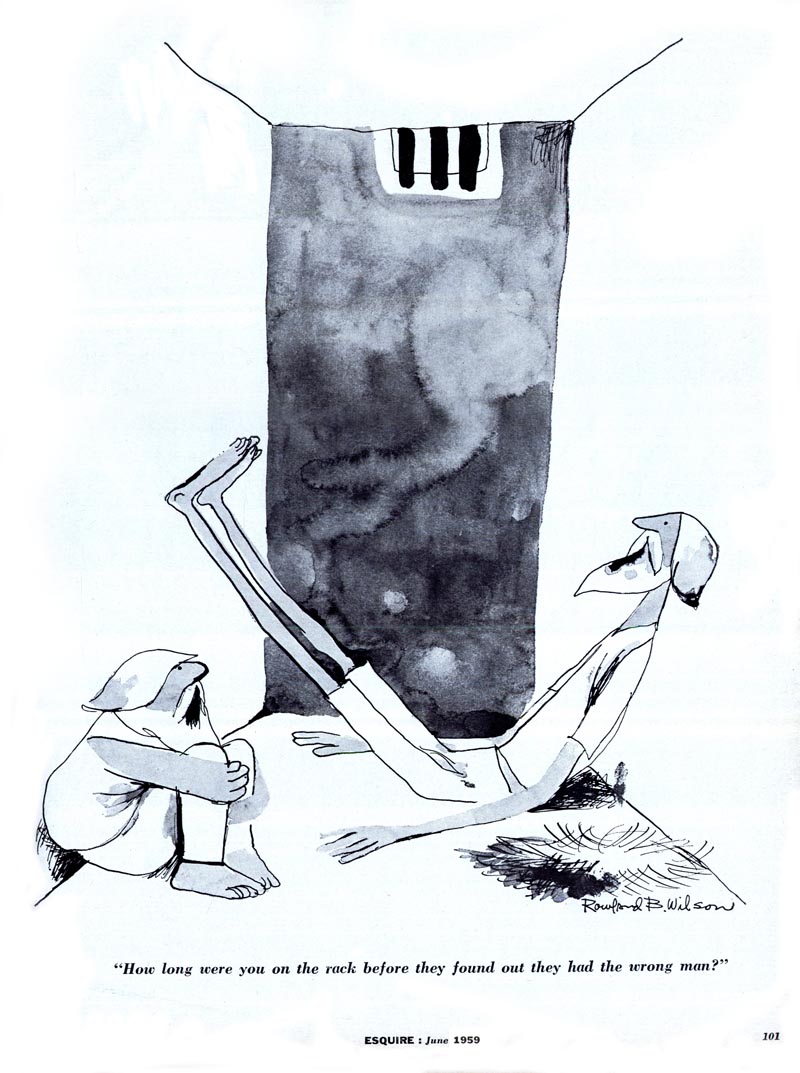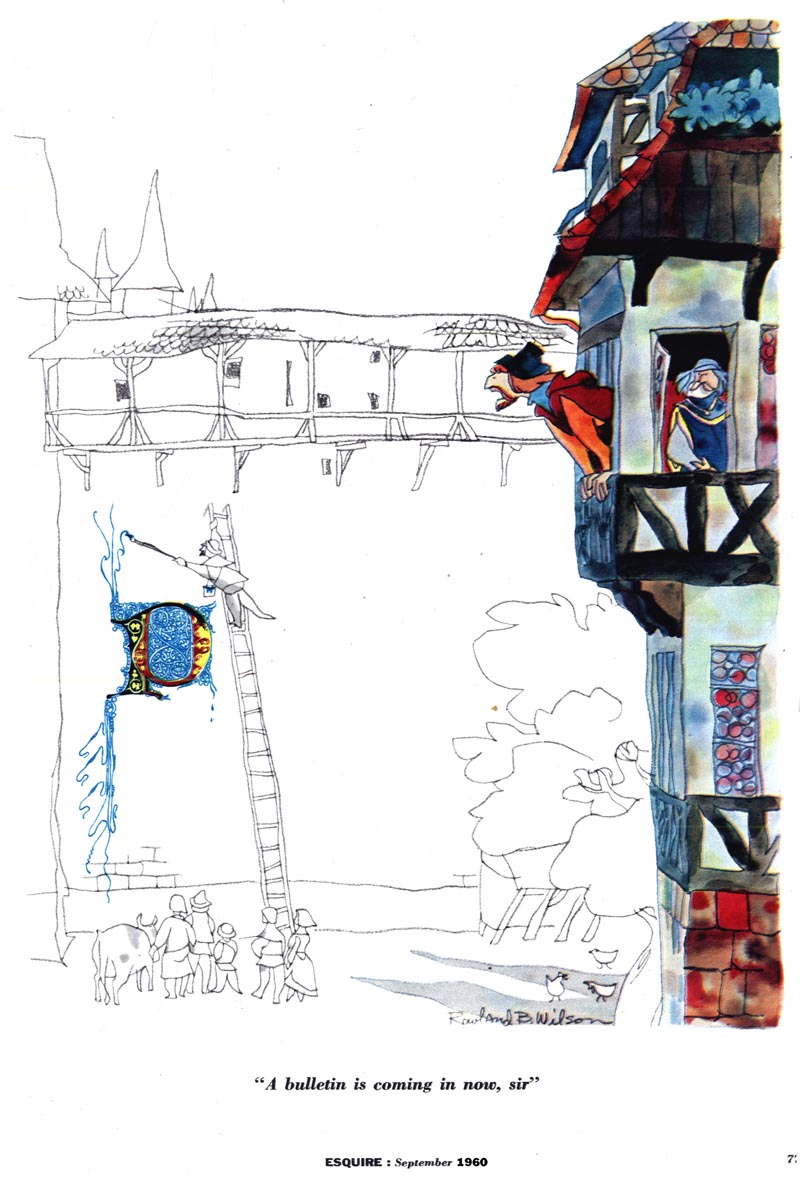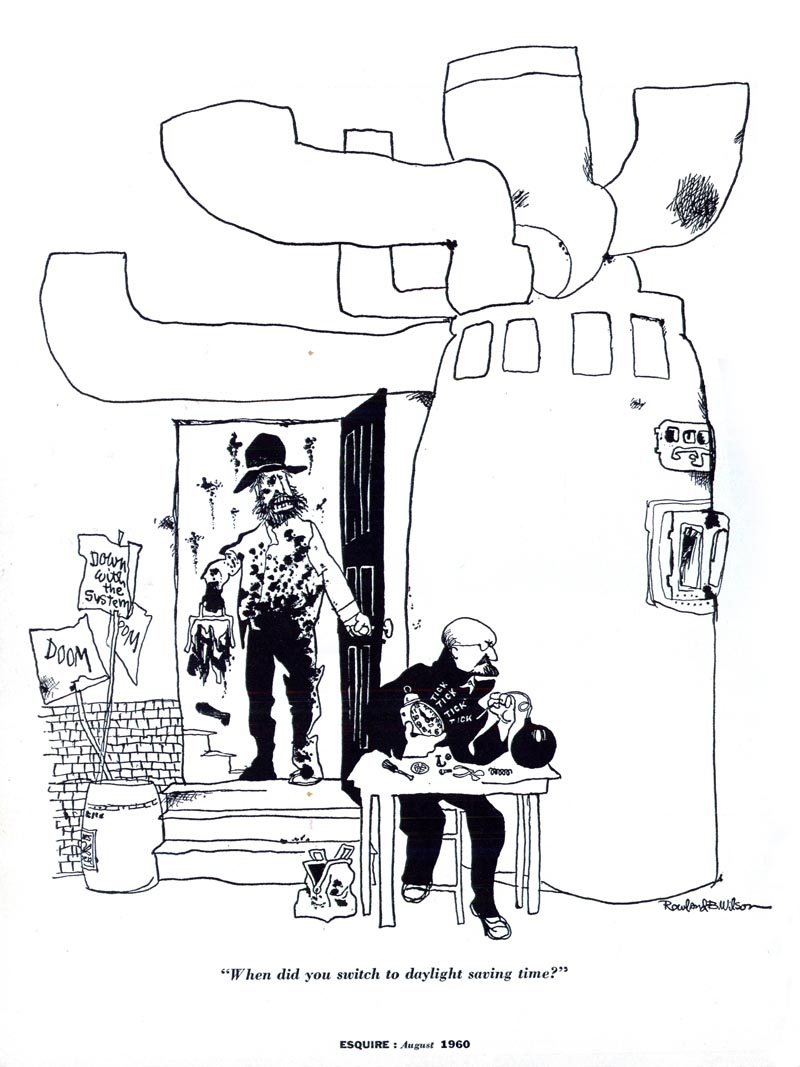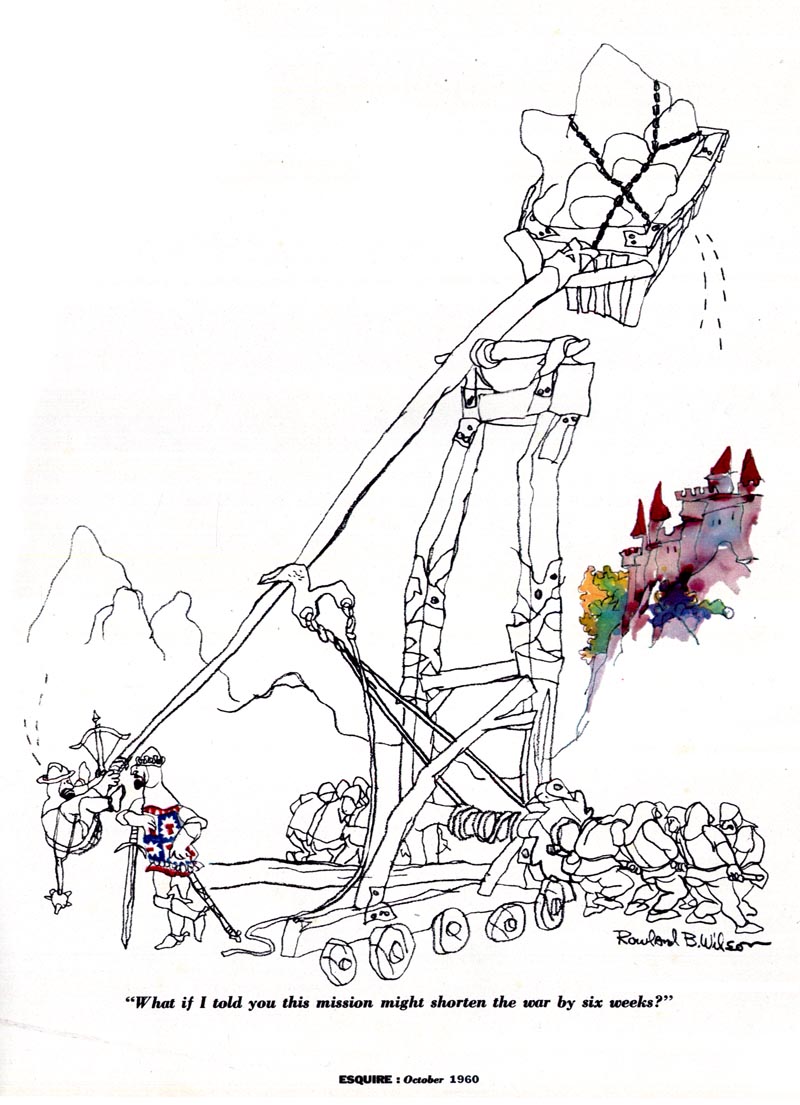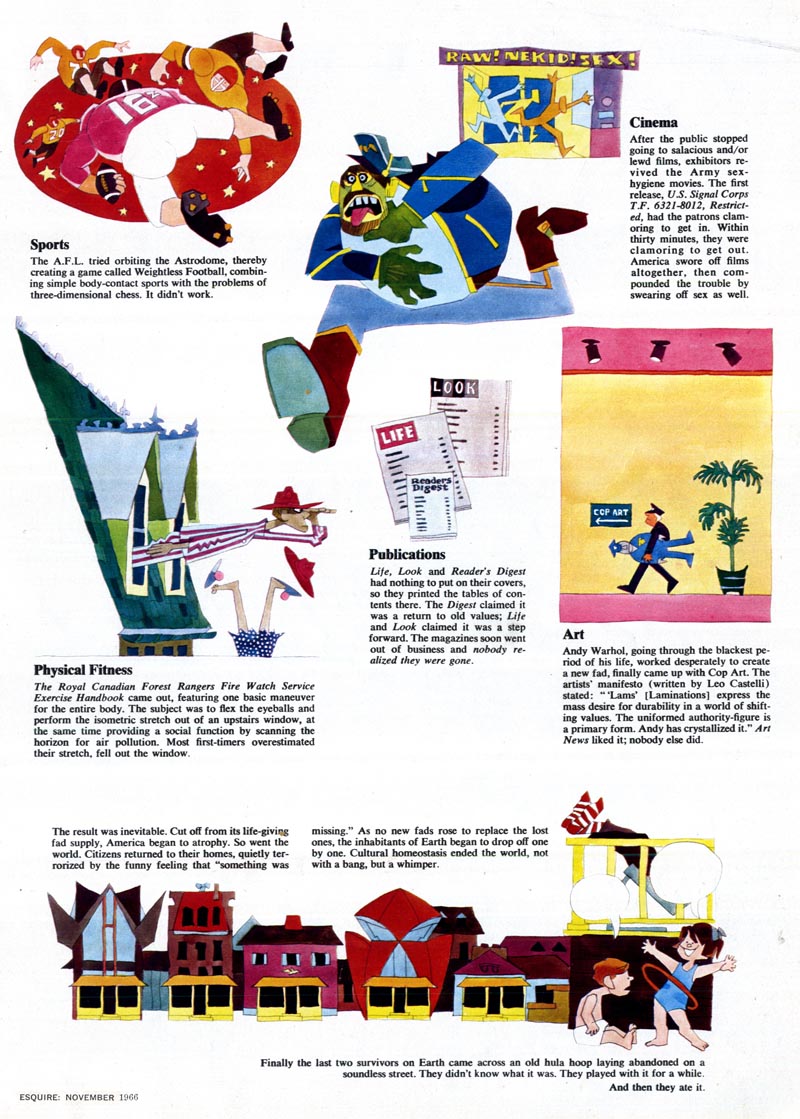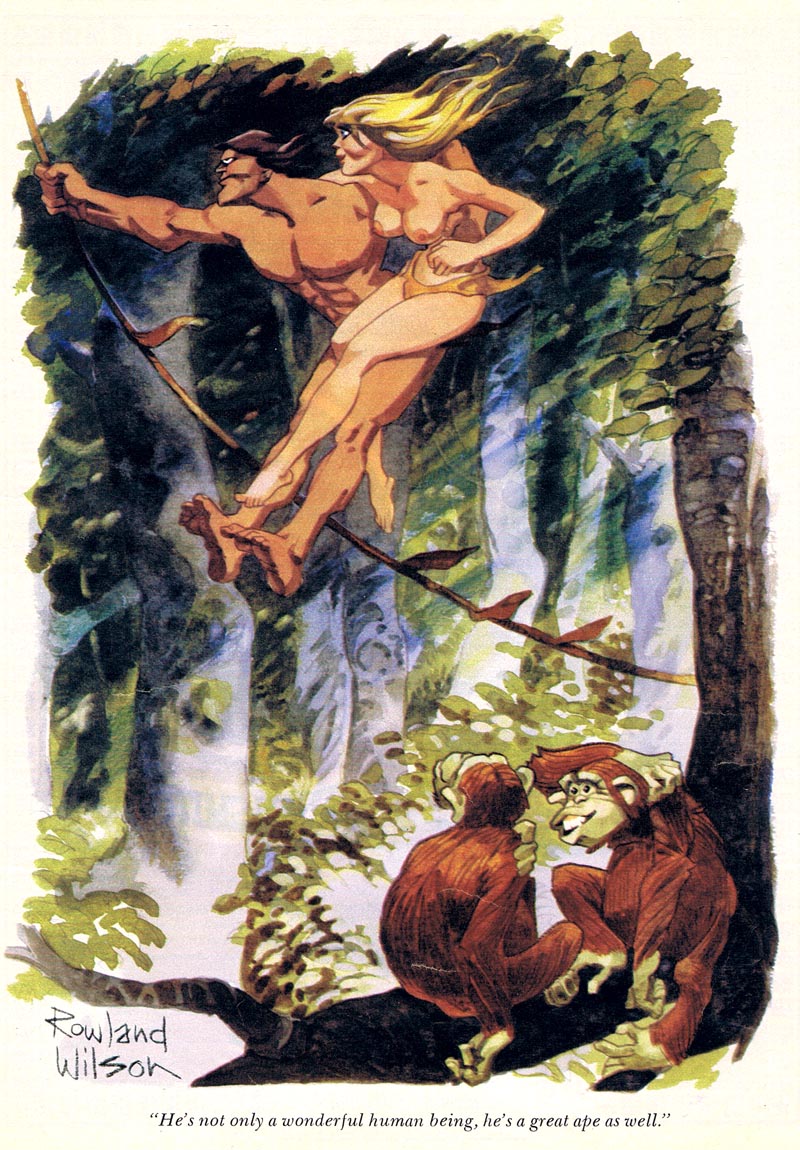
Bingham was born in Pittsburgh in 1917 and according to his son, Jim Jr., "Dad attended Carnegie Art in Pittsburgh, Pa for one or two semesters, then was offered a teaching position. At that point he decided if he was good enough to teach he was probably good enough to work, so he went to NY and found an advertising agency to represent him. And the rest is history - he never looked back."

It must have been at Carnegie Art where Bingham met the girl he would marry. Ashley Halsey Jr. wrote, "In his sophomore year in college, he began dating a nice girl who lived across the street."
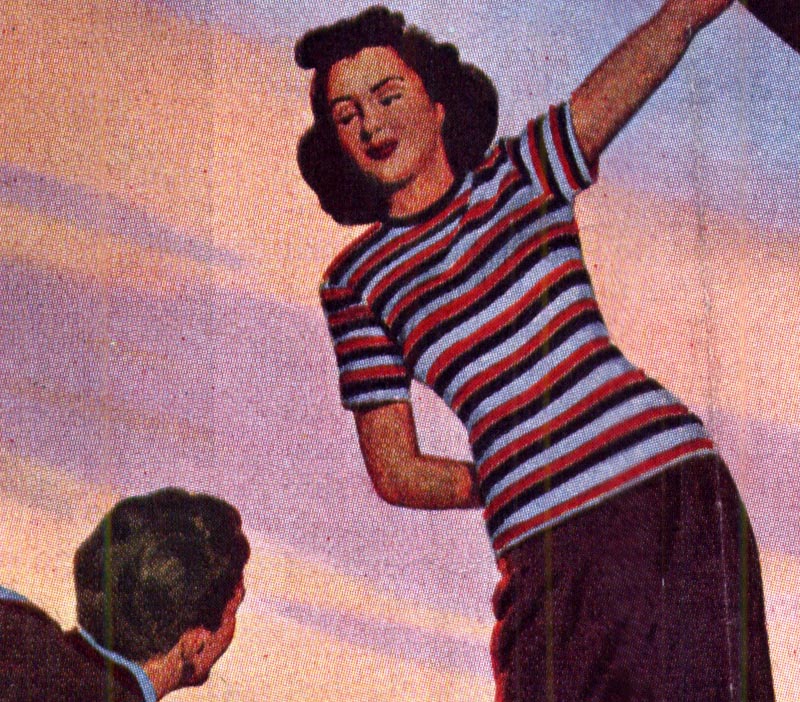
"They are now married, and have a son and a daughter."

Bingham's art career wasn't really interrupted by WWII. He simply switched from working for himself to working for Uncle Sam.

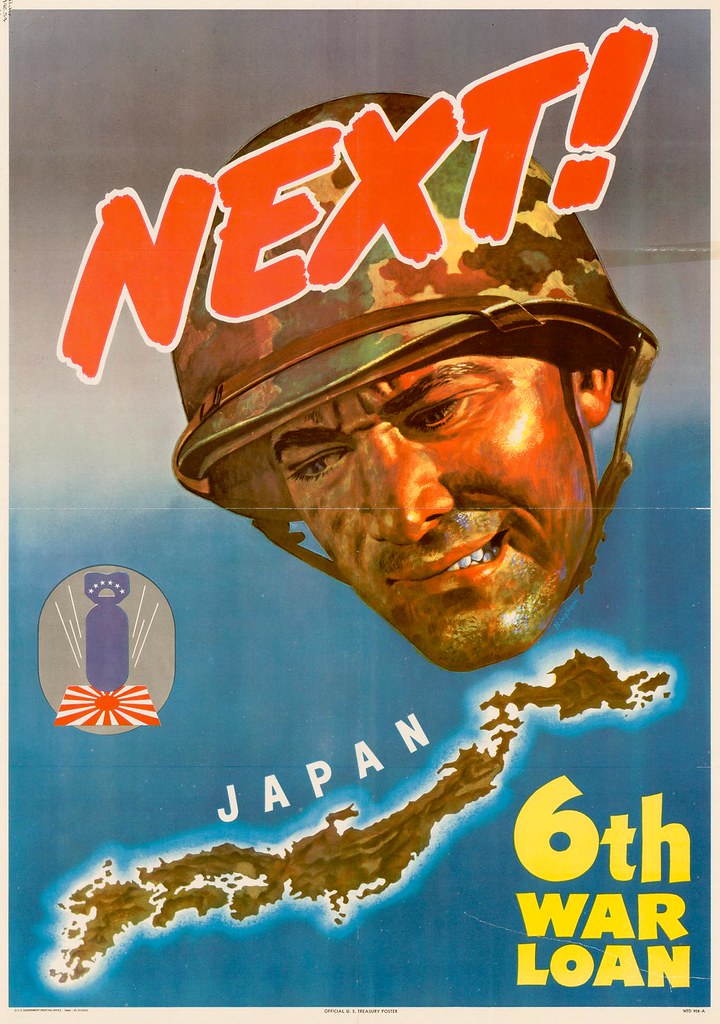
Bingham's son told me, "Dad was attached to the army to illustrate manuals for operation & maintenance of secret bomb sites and other things under development as pictures weren't available."
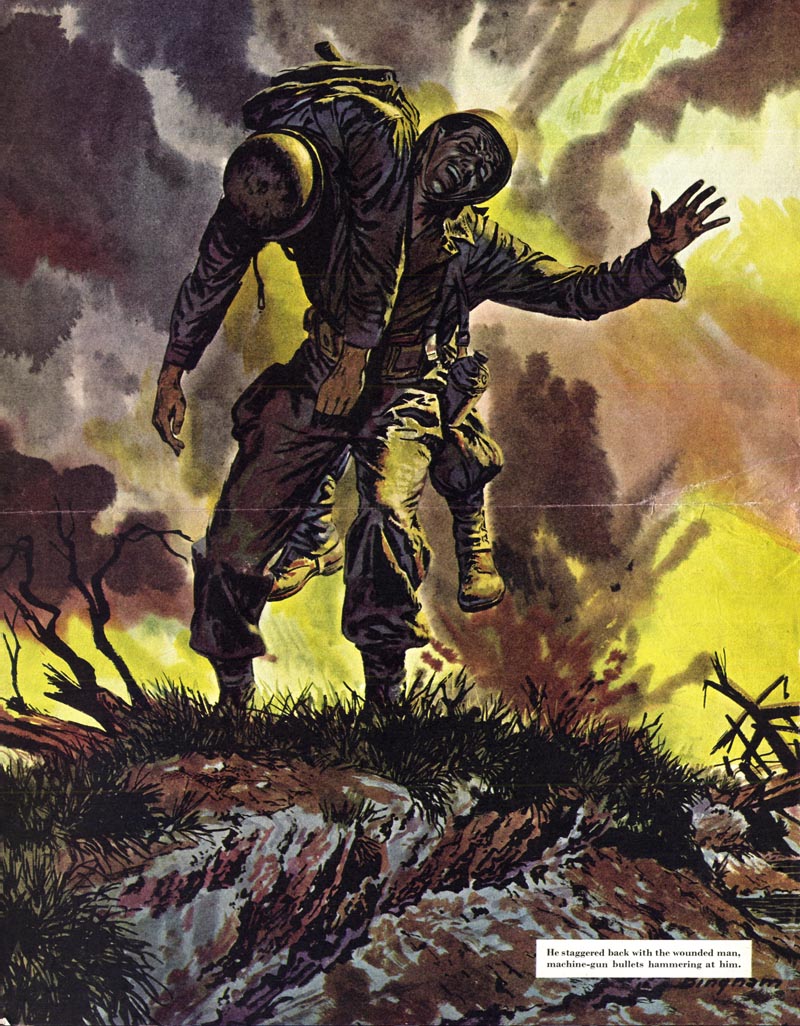
"The bulk of this work never saw the light of day as the units became obsolete faster than the art work could be utilized."

"Some of it was in animation style to show usage of the unit."
After his stint with the Army Airforce, Bingham became a Navy officer attached to the Office of Research and Invention.
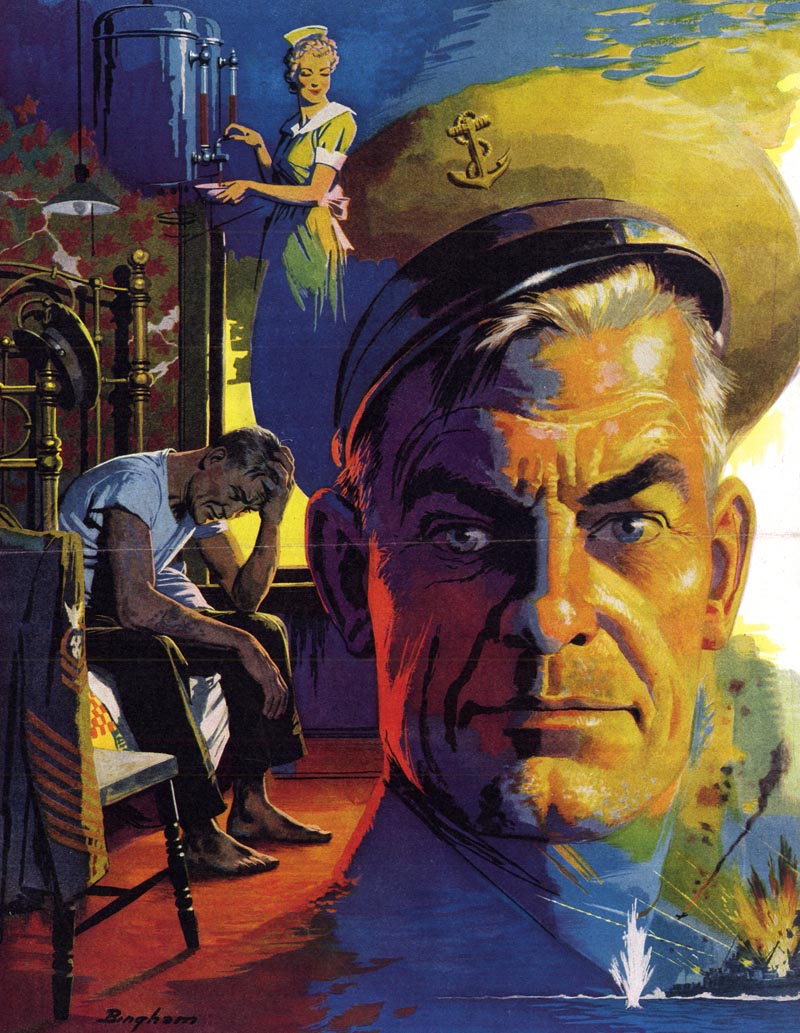
After the war, Bingham returned to New York and commercial art, where he was represented by Thompson Associates. "My Dad was the first artist Seymour [Thompson] represented and did so for many years," Jim Jr. told me. Below, a Thompson ad from the 1946 NY Art Directors Annual.
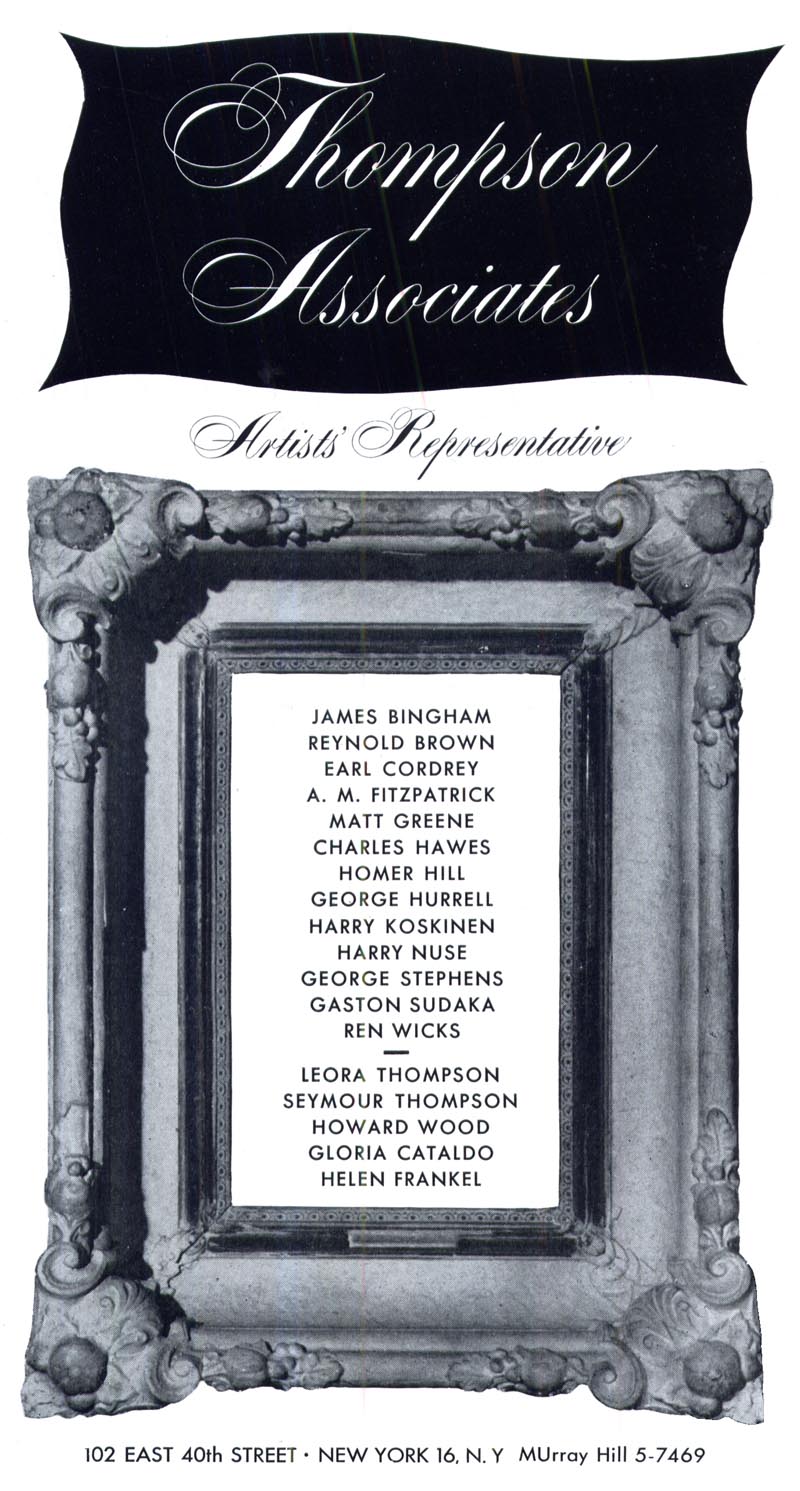
In that same annual Bingham received an Art Directors Club Medal for magazine editorial art.
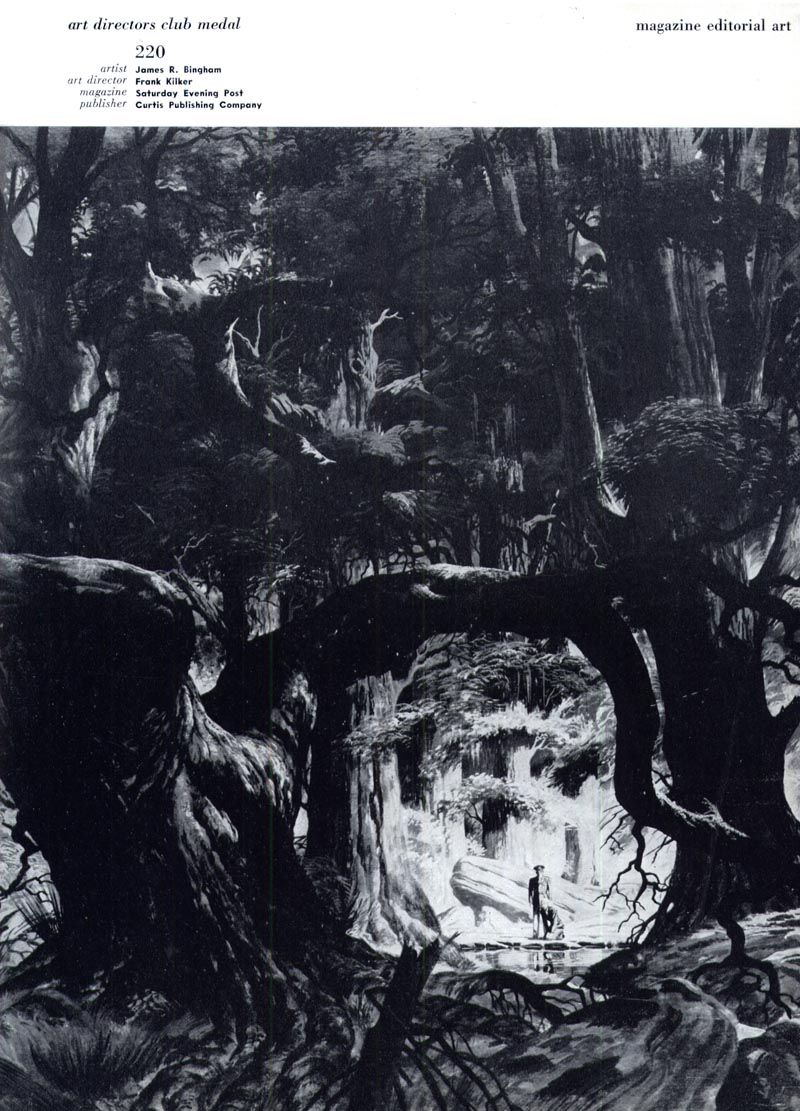
One of his advertising pieces also made it in that year's show.

In Illustrating for the Saturday Evening Post, Halsey Jr. wrote, "Bingham commutes daily to his studio in New York City - and then brings work home with him nearly every night. In one nine-year stretch, he took exactly eleven days of vacation."

And Jim Jr. confirms his dad's superhuman work ethic, although he hints at its unfortunate consequences:
"Dad didn't garner a lot of attention as he always worked at home or in a private studio. He, as with a lot of artists, was a loner in regards to most of the trappings of life. Art was his life and the rest of it was sometimes a strain. I believe great artists make lousy parents and more times than not, poor soul mates. Dad was giving of his money and other assets but very stingy with his time. Although never stingy with his grandchildern."
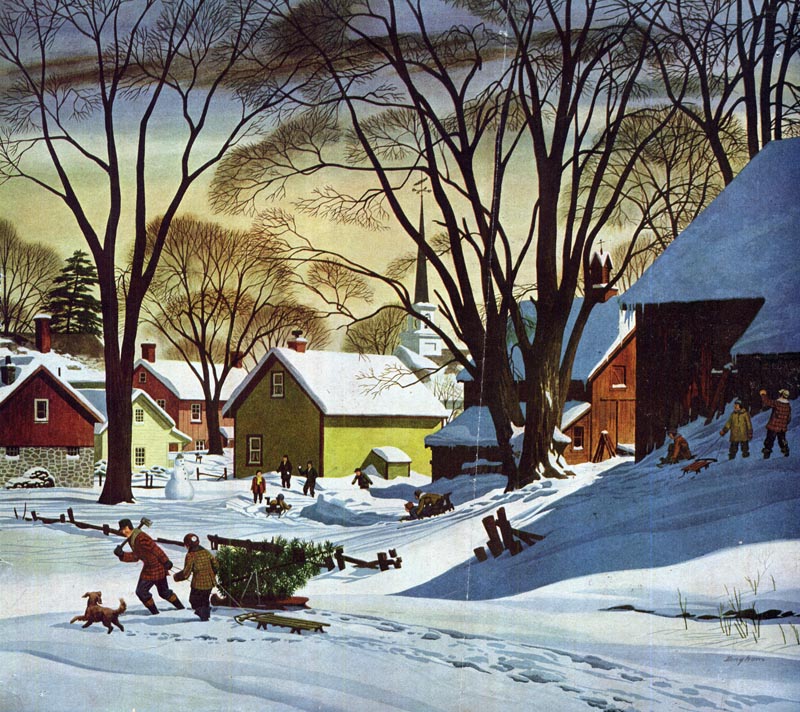
* Many thanks to TI list member Bruce Hettema, owner of P&H Creative Group, who sent me a huge package of old tearsheets from the early days of his studio, when it was known as Patterson & Hall, a San Francisco-based advertising art studio. Among those tearsheets were most of the images you see in todays post.
* Thanks also to Heritage Auctions for the scan of the WWII Defence poster in today's post.
